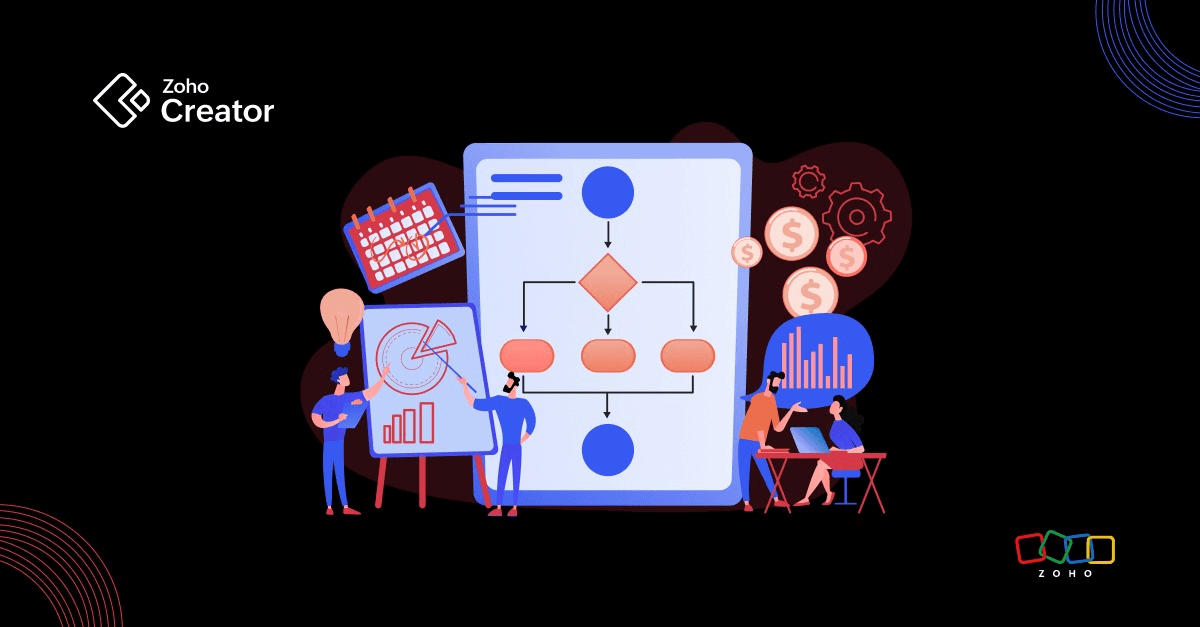- HOME
- Know Your Tech
- A guide to ensuring DevOps readiness
A guide to ensuring DevOps readiness
- Last Updated : April 20, 2023
- 4.0K Views
- 5 Min Read
Think about the expectations an organization has for its developers and operations team. To the developers, they say, “build fast, build more,” while to the IT operations team, the message is, “don’t be hasty, reduce risks.” How can a business succeed when the objectives of the software development and IT operations are in such contrast?
DevOps is a philosophy that seeks to establish a cross-functional mode of working between developers and IT operations, where the sum is greater than the parts. DevOps establishes best practices to speed up the process of taking a new idea, like a software feature or enhancement, from development to deployment. This is done through meaningful team collaboration, automation, and agile methods, in order to provide tangible value to the customer. The popularity of DevOps can be gauged from the fact that the global DevOps market is projected to grow at 20% to reach $17 billion by 2026, as per a DevOps market report by Global Markets Insights Inc.
However, DevOps tends to mean different things in different contexts, which is where some of the problems crop up when organizations decide to implement it.
Challenges in adopting DevOps
Since DevOps is a paradigm and doesn’t prescribe any standard tools or technology for its successful adoption, organizations can find themselves floundering when trying to establish it as a practice.
Lack of a standard definition and vision: If you don’t know where you’re going, you won’t get anywhere. This is true for DevOps as well, where failure to establish a clear definition of what DevOps means specifically to the organization, and what its end goal is, can result in confusion and a haphazard implementation.
Insufficient knowledge of tools and their integration: DevOps stands a low chance of success if users continue to work with legacy software. An organization may make a faulty choice when choosing a tool that best aligns with their technical vision, or they may find themselves unable to get accustomed to new tools and the technology behind them. Integrating all the tools together on a common platform can also add to the strain.
Cultural challenges: People are used to working in their comfort zones. Having to switch to new tools, giving up legacy methods, and adapting to a cross-functional style of working may not come easily to them. In their webinar on DevOps, Gartner referred to the finding of a survey they conducted amongst their research circle members. It stated that almost 50% of the survey respondents acknowledged people-related issues as the most significant challenge working against the organizational expansion of DevOps. Interesting. Isn’t it?
How you can make DevOps a success?
To overcome the challenges surrounding DevOps, the entire engineering process needs to be transformed. A fine example of this can be seen at Netflix’s Simian Army. They started with a tool called Chaos Monkey, a script that runs in all Netflix environments, to cause disruptions by randomly shutting down server instances. This meant that Netflix developers were always working in an uncertain environment, constantly making their systems modular, as well as resilient, to combat backend outages right from the start. They extended Chaos Monkey to a lot many more tools, designed to engineer DevOps into their organizations.
To make DevOps successful, organizations must focus on these five tenets:
- Business focus: The aim of DevOps is to satisfy all stakeholders by aligning them to business outcomes, and not just delivering an application, but being seen as a valued technological or business partner.
- Cultural change: For the success of DevOps, it’s important to align development, operations, and business together with a shared vision and objectives. This will ensure seamless information flow, better collaboration, and continuous learning to deliver more customer-focused solutions.
- Continuous improvement: From continuous integration to continuous deployment, DevOps is about continuously improving three things—the application being developed, the environment in which the application is delivered, and the associated processes. This can be achieved by gathering feedback from customers or the test audience.
- Agile development: One of the core principles that DevOps runs on is an agile environment in which long development cycles are split into shorter ones, with emphasis on feedback loops. Sprints enable fast, continuous improvements.
- Automation and tooling:According to an IDC report, 85% of IT leaders say automation is critical to their DevOps strategy. One place to start automating is the CI/CD (continuous integration/continuous delivery) pipeline. A mature DevOps system will allow for code to be pushed directly into production once it has passed automated testing, thus speeding up the application lifecycle.
How low-code makes DevOps possible?
Low-code application development works on the concept of a lightweight UI being used to create a functional app through drag-and-drop features, widgets, and templates. In other words, by using prebuilt components, it distills complex technology down into a simpler form.
A shortage of professional developers and increasing demand for enterprise apps means that low-code can extend the development space to non-technical professionals. Digital transformation efforts receive a boost as business users can build their own apps or processes without having to get lost in a jungle of complicated code.
The low-code environment speeds up the development and deployment process, where just a few clicks are needed to deploy an app. This means time-to-market is faster and applications that traditionally take weeks or months to go live can now be rolled out in a matter of days or even hours.
Low-code platforms integrate with toolchains that automate the deployment of an application across business environments. This is done through APIs, and SOAP and REST web services. This results in a lower cost of ownership and allows consistency, as the low-code platform integrates with the existing systems in an organization and minimizes the risk of disruptions.
Business benefits of adopting DevOps
DevOps spans the entire application pipeline. It delivers business value by increasing responsiveness through faster, iterative, and high-quality delivery of applications. Among its benefits are:
- Process automation
- Faster realization of business value
- Frequent deployment
- Lower rate of failure
- Faster mean time to recovery, in cases of crashes
Speeding up digital transformation
From ensuring minimal downtime for customers to outpacing the competition, DevOps allows the delivery of resilient applications much faster, by introducing a cultural shift in the way IT and operations have been working in organizations. It breaks down the silos between them, gives them shared goals to work towards, and cultivates better collaboration to unlock business value.
In the Netflix example above, what started as a single tool in the form of Chaos Monkey, to check for resilience, has now evolved into a Netflix Simian Army, that checks for various critical elements such as latency, compliance, tech-health, and optimization.
Using DevOps, Netflix has engineered a customer-centric culture, and that’s how they stand apart from the crowd.
We would love to know your thoughts on DevOps in the comment section below. Also, check out Zoho Creator to see how our low-code application development platform can accelerate your digital transformation journey.
 Bharath Kumar B
Bharath Kumar BBharath leads the Marketing and customer success initiatives of Zoho Creator.
He has over 12 years of professional work experience across SaaS, ERP & Telecom domains. Loves travel, playing badminton and yoga. He believes in keeping things simple.



